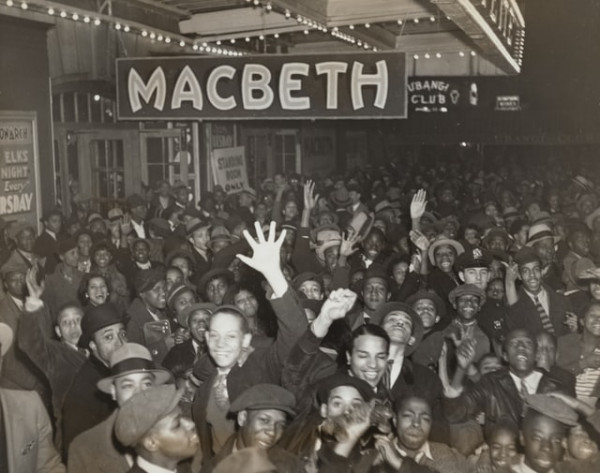Who Is The Audience Of Your Story?
You might think that your story could be enjoyed by anyone. But most stories particularly appeal to more or less specific target groups.
When you’re developing a story, it helps to have an idea of kind of people who are going to be enjoying it. The more specific this idea, the more likely you are to conceive and form the material in a way that will appeal to them.
The Ideal Audience
So while you are writing a story, you may have an ideal reader or viewer in mind. This might be your projection of a particular real individual, or just a vague idea of a type of person. Your ideal reader or viewer gets every joke, spots every reference – no matter how obscure –, and feels just the way they should during each scene.
The ideal audience is a figment of the author’s imagination. Picturing this figment in as much detail as possible in your mind’s eye might be a good starting point for finding out who your target audience is. Is the ideal reader a gentleman sitting in an armchair? Or a teenage girl lounging in a café?
Specifying your target audience to industry professionals you’re pitching to can make it easier for them to judge whether your work is something they can invest in. Typically, the criteria for target groups are:
- Demographics – such as age, gender, income, and also location
- Media consumption – which determines where advertising would need to be placed in order to reach this group
- Reference titles – because knowing the works your audience likes helps industry professionals to figure out the first two criteria
For novels, publishers often know very well who the fans of some very specific genres and subgenres are, demographically at least. “Chick lit” is aimed at a younger female audience than “hen lit”.
Sometimes the packaging of a book (or film, for that matter) presses the work in question into a genre, even if the story wasn’t really conceived that way. Derivative packaging simply makes it easier to sell stories. So a book cover or film poster may be designed to awaken associations with past bestsellers or blockbusters.
The Four Quadrants
If you are having trouble defining your audience, try the idea of the “four quadrants”, which is well-established in the US film industry. They are:
- women aged over 25
- women aged under 25
- men aged over 25
- men aged under 25
Whether you write for a target audience, or whether you just need it for a pitch to an industry professional, it is not a bad idea to at some stage think about who is actually going to enjoy your work.
Photo by The New York Public Library on Unsplash
Related function in the Beemgee story development tool:
Pitch/Proposal
Develop your story now:


